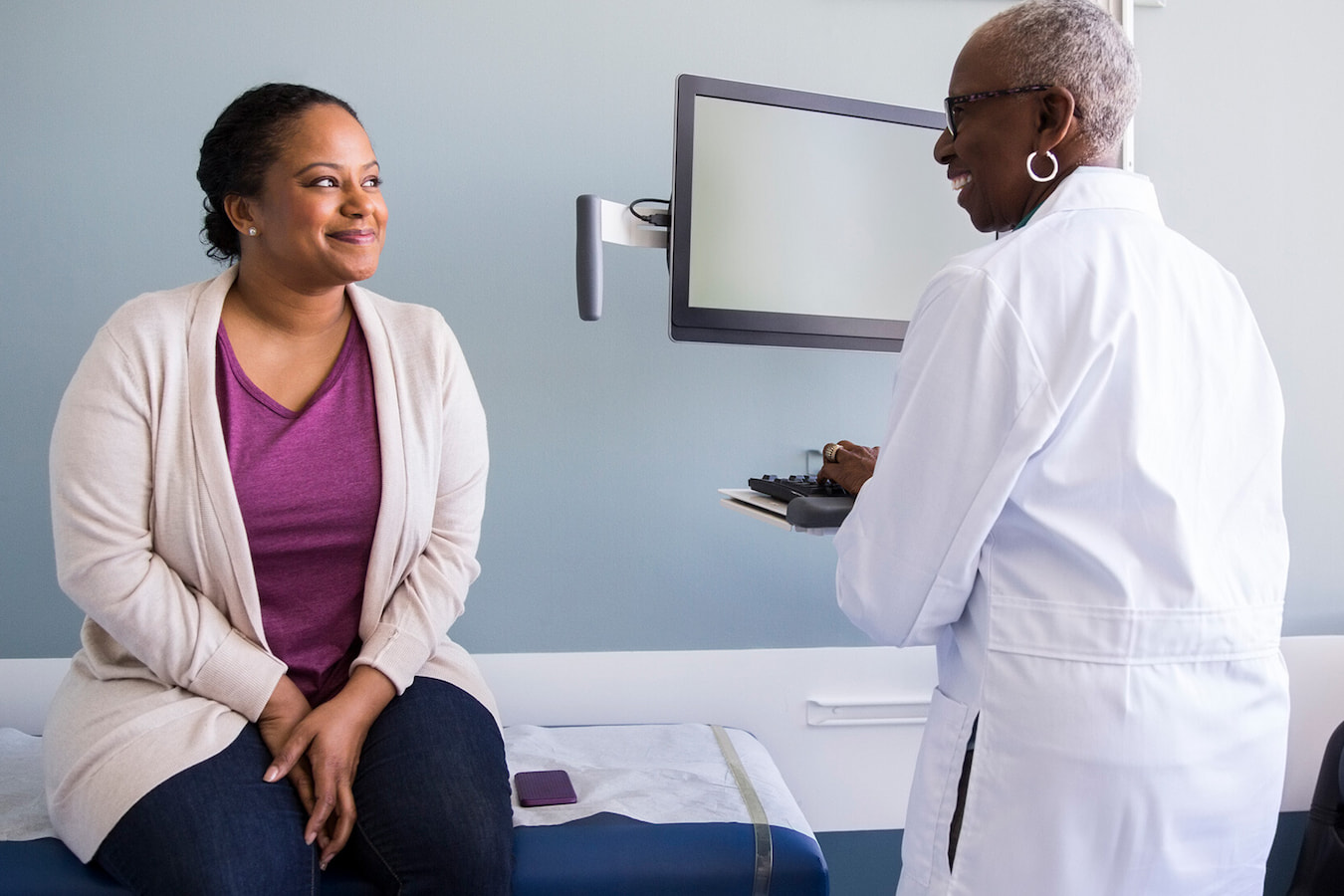SubjectWell recently fielded a survey engaging over 300 type 2 diabetes patients. The findings showed that diabetes patients demonstrated high overall interest in clinical trial participation, but secondary conditions caused by their diabetes can shift that interest higher or lower.
According to the CDC, more than 33 million Americans have type 2 diabetes. As patients’ length of time with the condition increases, secondary conditions are more likely to appear, including eye, gum, cardiovascular and chronic kidney diseases, as well as mental health conditions like depression and anxiety. The likelihood of having a secondary condition increases dramatically with the amount of time living with the disease. For patients in our survey with a type 2 diabetes diagnosis in the last year, approximately 56% reported having a secondary condition. Between one and four years since their diagnosis, 61% of patients reported having a secondary condition. For patients with more than four years since a type 2 diabetes diagnosis, 82% reported having a secondary condition.
Type 2 diabetes patients showed high interest (78%) in trial participation, regardless of secondary conditions. But looking closer, specific secondary conditions influenced the level of clinical trial participation interest.
Patients with certain secondary conditions reported being more interested in participation
Patients with anxiety, neuropathy, or gum issues were significantly more likely to participate in a clinical trial than patients with cardiovascular and chronic kidney problems.
Likelihood of clinical trial participation based on secondary condition:
- 84% of patients with gum conditions
- 80% of patient with neuropathy
- 80% of patients with anxiety
- 78% of patients with diabetes
- 67% of patients with cardiovascular problems
- 65% of patients with chronic kidney problems
Patients’ interest in clinical trial participation by trial type
Given the potential impact of secondary conditions, we also asked patients about their interest in different types of trials, from treatment of type 2 diabetes alone compared to a trial for a treatment of a secondary condition. Patients were most likely to respond with equal interest in a clinical trial for either type 2 diabetes or a secondary condition, with the next greatest interest in trials for treating type 2 diabetes alone.
- 51% percent of all patients were equally interested in a clinical trial for type 2 diabetes and a secondary condition
- 23% of all patients were interested in clinical trials related to type 2 diabetes alone
Key motivators are integral to ensure representative clinical research
Type 2 diabetes patients’ interest in trial participation varied mostly based on their secondary conditions, and common motivators elicited a greater amount of interest from patients of color.
Despite the variance based on secondary conditions, interest in clinical trial participation remains high. However, with such varied interest across demographics, it is also important to keep key motivators for patients in mind (i.e., patient compensation and free healthcare) to ensure a representative patient population.
If you have any questions on this study or would like to discuss further, reach out by emailing sales@subjectwell.com.
SubjectWell Team
Related articles
-

Supplemental study support that saves Q4 timelines
If your dashboards show lagging recruitment or slowing referrals, now’s the time to pivot. A11 Dec 2025●6 min -

Keeping clinical trial patients engaged during the holidays
How to stay connected and consistent—even when your patients are in holiday11 Nov 2025●3 min -

Predictability starts with better site support
How integrated services create consistency, confidence, and acceleration across global03 Nov 2025●4 min -

From weight loss to liver health: Why GLP-1 innovation is turning toward MASH
As the GLP-1 market expands into MASH, sponsors will face the same engagement challenges we saw in27 Oct 2025●4 min -

Reaching the unreachable
Case studies in depression and women’s health show how data, design, and digital recruitment30 Sep 2025●4 min -

How to avoid ineligible patient referrals in clinical trials
Ineligible referrals waste time and resources. See how SubjectWell improves referral quality with03 Sep 2025●3 min
Accelerate your recruitment today
SubjectWell Team
SubjectWell partners with sponsors, CROs, sites, and site networks to transform patient recruitment. Powered by the most comprehensive, patient-centric technology platform and a growing Patient Network of 13 million+, SubjectWell delivers clinically trained, multilingual patient and site companions across 8,800+ sites, with global recruiting capabilities across 600+ indications. Combined with the industry’s most extensive digital media network and services that reduce site burden, SubjectWell addresses the biggest challenges in patient recruitment and clinical development.
